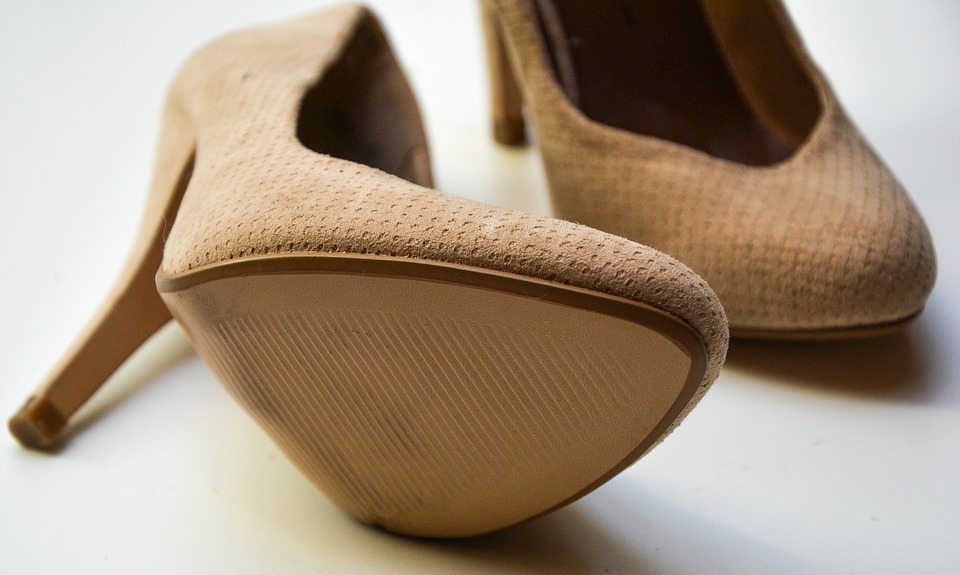 Every chiropodist you ask will tell you that wearing high heels is a bad idea. Wearing any type of shoe that doesn’t provide enough support can lead to a variety of long term problems in your foot health, not to mention pain, discomfort, and swelling. High heels in particular can be damaging to foot health and cause or influence a variety of conditions.
Every chiropodist you ask will tell you that wearing high heels is a bad idea. Wearing any type of shoe that doesn’t provide enough support can lead to a variety of long term problems in your foot health, not to mention pain, discomfort, and swelling. High heels in particular can be damaging to foot health and cause or influence a variety of conditions.
Bunions, hammertoes, corns, calluses, metatarsalgia, ankle sprains, and ingrown toenails are all conditions that can be caused or exacerbated by wearing high heels regularly.
Chiropodists will tell you never to wear high heels. However, we know that sometimes a situation or event requires high heels, such as work requirements, special events, and parties. When you just have to wear high heels, there are some good foot care tips you can follow.
Tips for Wearing High Heels
- Wear the right size: this one seems obvious, but your feet can change size after having children, losing or gaining weight, or with other changes in the body. Get your feet sized annually to make sure you’re wearing high heels that fit you properly.
- Know your feet: you should always visit a chiropodist to discuss any underlying alignment issues in your feet that can be treated or addressed, like flat feet, bunions, or high arches. Knowing this will help you better choose supportive footwear.
- Wear heels for short periods of time: for parties or other special events, many people will want to wear high heels for fashion. Wearing heels for a short period of time comes with less risks than wearing them for long hours regularly. It can help to wear different (more supportive) shoes to and from the event, to give your feet a break when they need it.
- If you have to wear heels to work regularly, it’s also helpful to wear supportive shoes to and from your job. Ensuring you have time to sit down and rest your feet is also key!
- Choose the right heels: wear high heels with thick heels, not stilettos, as these provide more stabilization for the foot and require less muscle use. Make sure the heels have platforms, not thin soles, and wear shoes that have coverage on the back and front of the foot. This helps to provide more support so you don’t overwork your muscles.
- Stretch: after you take your heels off at the end of your night or day, stretch your feet! Target the front of the foot and the ankle – point and flex your toes, stretch your calf, and focus on your Achilles’ tendon.
- Use inserts or padding: Some high heels can be worn with custom orthotics depending on the style and the foot condition. If this is not possible or needed, you can purchase silicone shoe inserts for the ball of the foot. These help to stabilize the foot so it doesn’t slide in the heel and provides extra padding to remove pressure.
- Sit down: Whether you’re at work or at a special event, it’s best to sit when possible when you’re wearing high heels to take pressure off your foot.
Contact Collective Foot and Wellness Clinic
If your job or lifestyle calls for you to wear high heels regularly, or you enjoy it every so often, it is helpful to regularly meet with a chiropodist to ensure that you’re following proper foot care and maintaining good foot health.
While often, we don’t have much of a choice in wearing high heels, we can follow some tips and regularly visit a chiropodist to take proper care of our feet.
If you wear high heels regularly, contact us today to book an appointment or to learn more!
